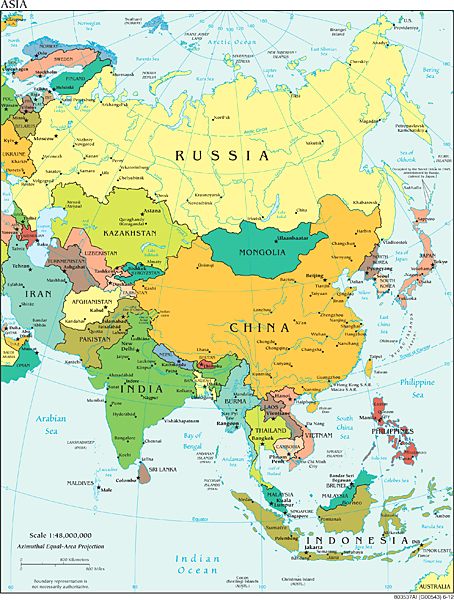
This project will focus mostly on East Asia.
How is East Asia defined?
East Asia is a part of Asia that is defined by both its location and its culture. Geographically, it’s the easternmost region of Asia. It includes the areas below mainland China, to the east of the Indian subcontinent, and to the northwest of Australia. The countries that are considered part of East Asia today are China, Japan, Mongolia, North Korea, South Korea, and Taiwan. Additionally, Hong Kong and Macau, which are small territories near the southern part of China, are also included. Culturally, East Asia is influenced by China. Some people also consider Vietnam as part of East Asia because of its cultural connections with China, although it’s generally seen as part of Southeast Asia geographically.
Is Vietnam considered part of East Asia or Southeast Asia?
Vietnam is usually seen as part of Southeast Asia. It is considered by some part of East Asia because it has a lot in common with China culturally, but it’s generally considered part of Southeast Asia based on its location.
Is Mongolia considered Central Asia or Northeast Asia?
Whether Mongolia is part of Central Asia or Northeast Asia remains a topic of debate.
Here are some important things to know:
- Central Asia is a large region that stretches from the Caspian Sea to western China and Mongolia. It includes countries like Afghanistan, Kazakhstan, Kyrgyzstan, Tajikistan, Turkmenistan, and Uzbekistan. Some people consider Mongolia as part of Central Asia.
- Northeast Asia refers to the northern part of Asia beyond the Ural Mountains, which is often called Siberia. This region includes Russia, China, Japan, North Korea, and South Korea. Generally, Mongolia is seen as part of East Asia.
- Geographically, Mongolia is located in the northeastern part of Asia, with China to the south and Russia to the north.
- The discussion also considers cultural similarities. Mongolian history, culture, and other aspects show resemblances to both East Asian and Central Asian cultures. For example, Mongolian food traditions are similar to those in Central Asia, while Buddhism, the main religion in Mongolia, aligns it closely with East Asia.
In summary, although Mongolia is mostly considered part of East Asia, there are arguments that support its inclusion within Central Asia.
My definition of “Asia” for the scope of this project:
All debate aside, to be included, a country must border …
- the Sea of Japan (which includes Japan and Korea) or
- the South China Sea and Geographical Mainland China (which includes China and Vietnam)
Simple enough, right?
Taiwan, Hong Kong, and Macau will also be covered: the latter two because they are part of China, and Taiwan because it is considered by both Beijing and Taipei as part of One China. More important than the political considerations, though, is the shared history.
Also included are Laos and Cambodia, although they don’t border Geographical Mainland China. Reason: All three countries shared common themes in the 19th and 20th centuries.
Not included is Mongolia, despite some good points made earlier. For one, it is geographically closer to Central Asia than to both the South China Sea and the Sea of Japan. The second reason is more personal: I have no personal connection to Mongolia. On the other hand, I have been to China, Hong Kong, Japan, and Vietnam; I spent almost two years living in Korea, and I have spent most of my adult life living in Taiwan.